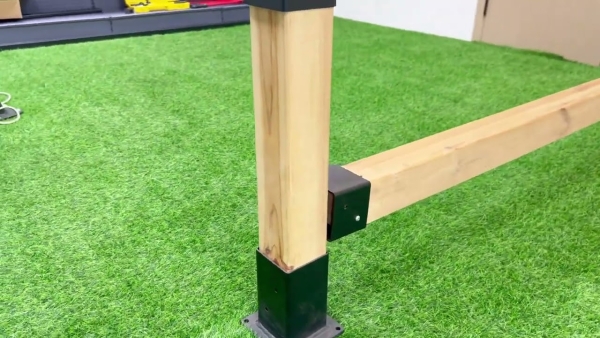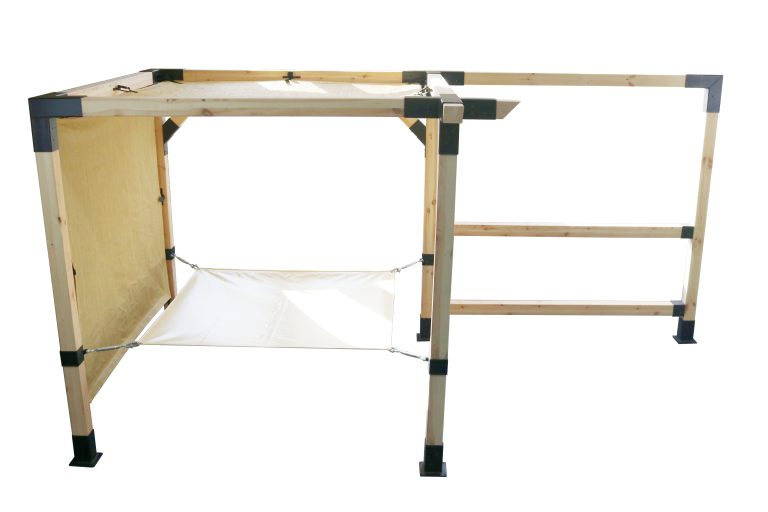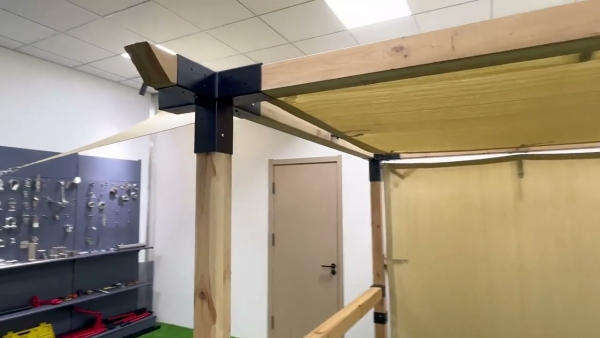Types of Wood for Pergolas
When it comes to building a pergola, choosing the right type of wood is crucial for ensuring its longevity and durability. There are several factors to consider when selecting the best wood for your pergola, including the wood’s natural properties, resistance to decay and insects, as well as its overall aesthetic appeal. In this article, we will explore some of the most common types of wood used for pergolas and discuss their pros and cons.
One of the most popular choices for pergolas is cedar wood. Cedar is known for its natural resistance to decay and insects, making it an excellent choice for outdoor structures like pergolas. In addition to its durability, cedar wood also has a beautiful natural color and grain pattern that can enhance the overall look of your pergola. However, cedar wood can be more expensive than other types of wood, so it may not be the best option for those on a tight budget.

Another popular choice for pergolas is redwood. Like cedar, redwood is naturally resistant to decay and insects, making it a durable option for outdoor structures. Redwood also has a rich, reddish-brown color that can add warmth and character to your pergola. However, redwood is also on the pricier side, so it may not be the most cost-effective option for some homeowners.
For those looking for a more budget-friendly option, pressure-treated pine is a popular choice for pergolas. Pressure-treated pine is treated with chemicals to increase its resistance to decay and insects, making it a durable and affordable option for outdoor structures. However, pressure-treated pine does have a tendency to warp and crack over time, so it may require more maintenance than other types of wood.
If you’re looking for a more exotic and unique option for your pergola, consider using tropical hardwoods like ipe or mahogany. These woods are extremely dense and durable, making them ideal for outdoor structures that are exposed to the elements. Tropical hardwoods also have a rich, dark color that can add a touch of luxury to your pergola. However, tropical hardwoods can be quite expensive and may be harder to find than other types of wood.
In addition to considering the type of wood, it’s also important to think about the finish and maintenance of your pergola. Some woods, like cedar and redwood, can be left unfinished and will naturally weather to a silvery gray color over time. Other woods, like pressure-treated pine, may require regular staining or sealing to maintain their appearance and durability.
In conclusion, when choosing the best wood for your pergola, it’s important to consider factors such as durability, resistance to decay and insects, cost, and aesthetic appeal. Cedar and redwood are popular choices for their natural resistance to decay and insects, while pressure-treated pine is a more affordable option. Tropical hardwoods like ipe and mahogany offer a unique and luxurious look but come with a higher price tag. Ultimately, the best wood for your pergola will depend on your budget, maintenance preferences, and desired aesthetic.






